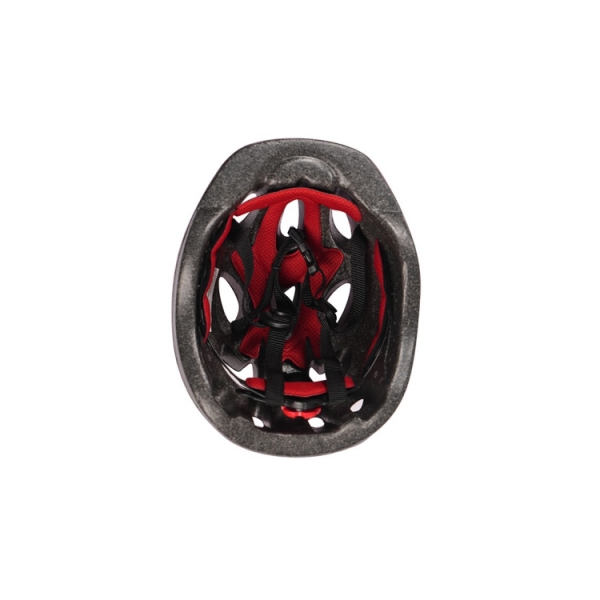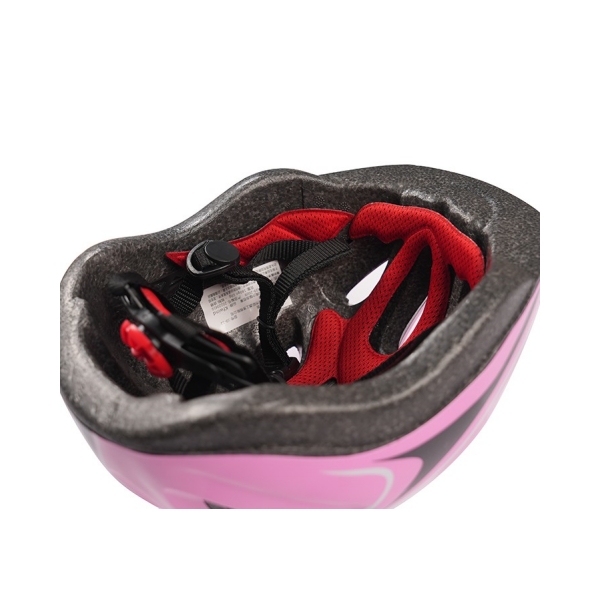Welcome to our comprehensive guide to teen sports safety. We prioritize the well-being of young athletes and aim to provide valuable information to ensure their safety during sports activities. In this guide, we will cover important aspects of teen sports safety, including injury prevention, proper equipment usage, conditioning, and emergency preparedness.
Participating in sports offers numerous benefits to teenagers, such as physical fitness, social interaction, and character development. However, it's crucial to understand the potential risks involved and take necessary precautions to prevent injuries. By following proper safety guidelines, both athletes and parents can ensure a safe and enjoyable sports experience for everyone involved.
1) Warm-Up and Stretching
One of the key aspects of injury prevention is a proper warm-up routine. Teens should perform dynamic stretches and light aerobic exercises to increase blood flow and warm up their muscles before engaging in intense physical activity. This helps to improve flexibility, reduce the risk of muscle strains, and enhance overall performance.
2) Technique and Form
Teaching teens the correct techniques and forms for their chosen sport is essential. Coaches and trainers should provide guidance on proper body mechanics, emphasizing correct posture, balance, and movements. By mastering the fundamental techniques, athletes can reduce the risk of injuries caused by incorrect body alignment or excessive strain on joints.
3) Rest and Recovery
Rest and recovery play a vital role in preventing sports-related injuries. Overtraining and insufficient recovery time can lead to fatigue, weakened immune systems, and increased vulnerability to injuries. Coaches, parents, and athletes should prioritize rest days, allow for proper sleep, and incorporate recovery strategies like foam rolling and stretching into their routine.
4) Proper Equipment Usage
Wearing appropriate sports equipment is crucial for protecting teenagers from potential injuries. Here are some key considerations:
-Helmets
For sports such as cycling, skateboarding, or skiing, helmets are essential. They provide protection against head injuries and should be worn consistently and correctly, with straps securely fastened. You can choose AOFIT brand’s kids skate helmet. We have our own factory, under the premise of ensuring quality, we can provide the most suitable product price.
-Protective Gear
Certain sports, like football, hockey, or lacrosse, require additional protective gear. Pads, helmets, mouth guards, and other equipment should fit properly and be regularly inspected for wear and tear.
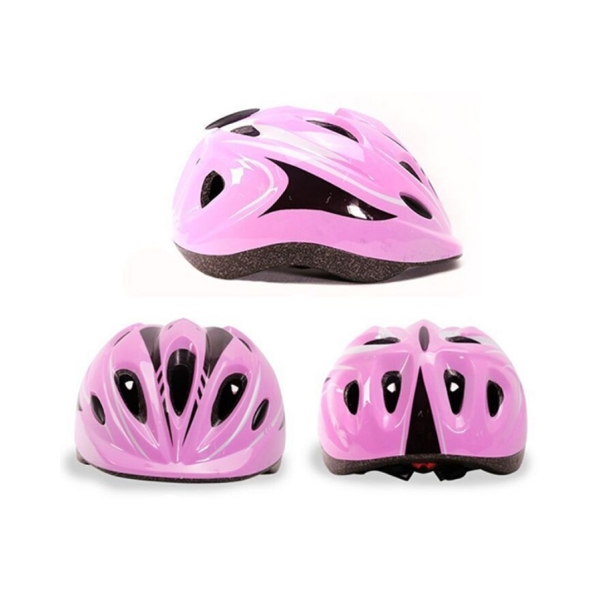
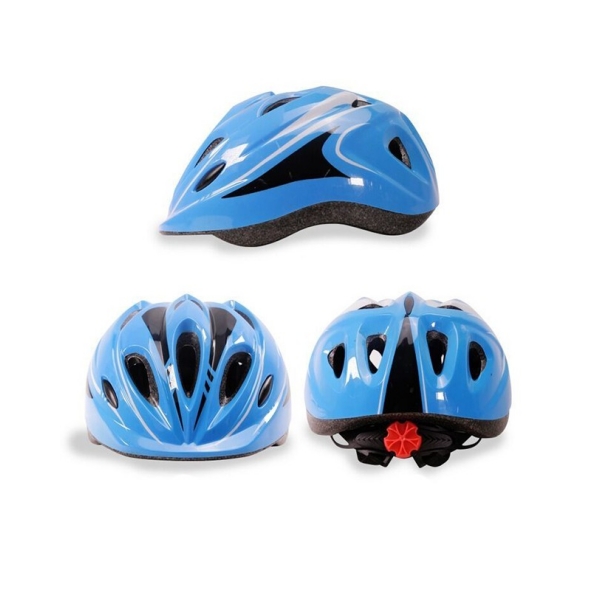
Selecting the appropriate kids helmet and pads is instrumental in ensuring maximum safety for our young athletes. With AOFIT brand's expertise and commitment to sports safety, we can trust our products to offer the necessary protection. Here are some key factors to consider when choosing a kids helmet and pads:
1) Proper Fit
A well-fitting helmet and pads are essential to ensure optimal protection. The helmet should fit snugly on the head, covering the forehead, and the pads should provide proper coverage for the elbows, knees, and wrists. AOFIT offers a range of sizes and adjustable straps to ensure a secure and comfortable fit for teenagers of different sizes and body types.
2) Safety Standards
When purchasing a kids helmet and pads, it is crucial to look for safety certifications and standards compliance. AOFIT brand's products adhere to rigorous safety regulations like CE, FDA, ISO13485, TUV Rhine, Amazon, SGS patents and other professional certifications, providing peace of mind to parents and athletes alike.
3) Comfort and Breath-ability
Comfort is a vital aspect of protective gear. AOFIT brand's kids helmet and pads are designed with comfort and breath-ability in mind. They feature cushioning and padding that offer a comfortable fit while allowing proper ventilation to prevent discomfort and excessive heat buildup during sports activities.
4) Durability and Quality
Teenagers can be rough on their gear, so it's essential to choose helmets and pads that are durable and built to withstand impact. AOFIT brand's products are made with high-quality materials that ensure durability and longevity, providing reliable protection over extended periods of use.
5) Ease of Use
Kids helmet and pads should be user-friendly and easy to put on and take off. AOFIT brand's products are designed with adjustable straps, quick-release buckles, and intuitive features to facilitate hassle-free usage, allowing athletes to focus on their performance.
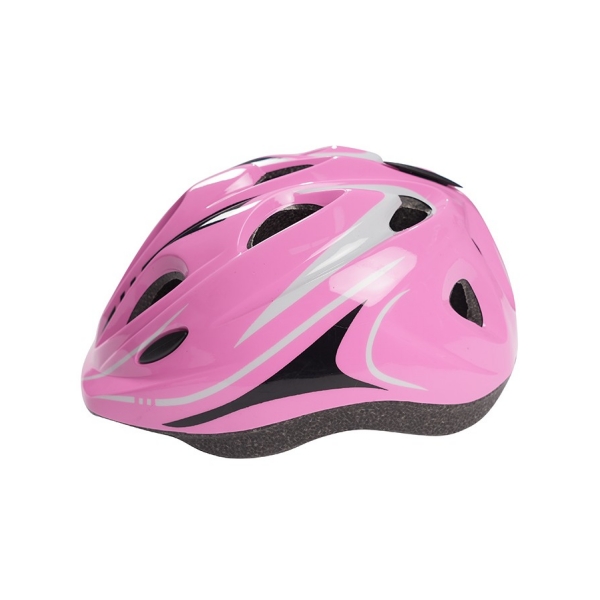
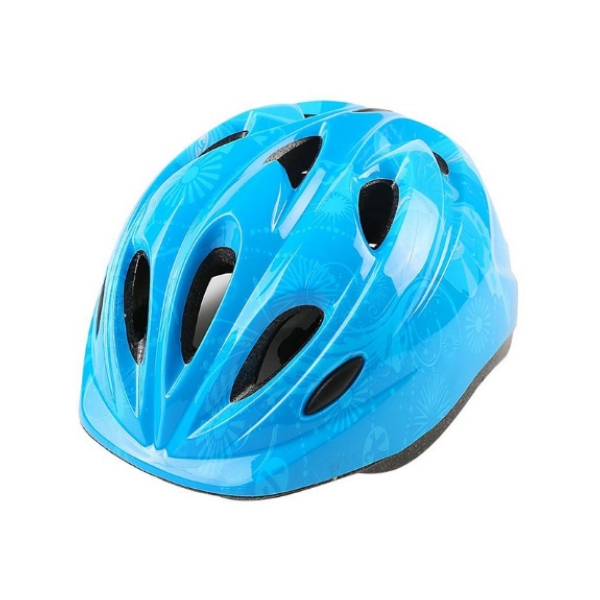
Adequate conditioning and strength training are essential for improving sports performance and reducing the risk of injuries. Here are some key points to consider:
1) General Conditioning
Athletes should engage in regular cardiovascular exercises to build endurance and improve overall fitness. Activities such as running, swimming, or cycling help enhance cardiovascular health and prepare the body for more demanding physical activities.
2)Sports Specific Training
In addition to general conditioning, sport-specific training is crucial. Athletes should focus on exercises and drills that mimic the movements and demands of their chosen sport. This helps develop the necessary strength, agility, and coordination required to perform at their best while minimizing the risk of injury.
Despite taking all necessary precautions, injuries can still occur during sports activities. Being prepared to handle emergencies is of utmost importance. Here are some key points to consider:
1) First Aid Knowledge
Coaches, trainers, and even athletes themselves should have basic first aid knowledge. This includes understanding how to treat common sports injuries such as sprains, strains, fractures, and concussions. Knowing how to properly immobilize injured limbs and when to seek medical attention can make a significant difference in the outcome of an injury.
2) Emergency Action Plans
Sports organizations and schools should have well-defined emergency action plans in place. These plans should include clear protocols for responding to serious injuries, including how to contact emergency services and transport injured athletes safely.
3) Communication
Effective communication is essential during emergencies. Coaches, athletes, and parents should establish clear lines of communication to ensure prompt reporting and appropriate action in case of an injury. This helps facilitate a quick response and minimizes the potential for complications.
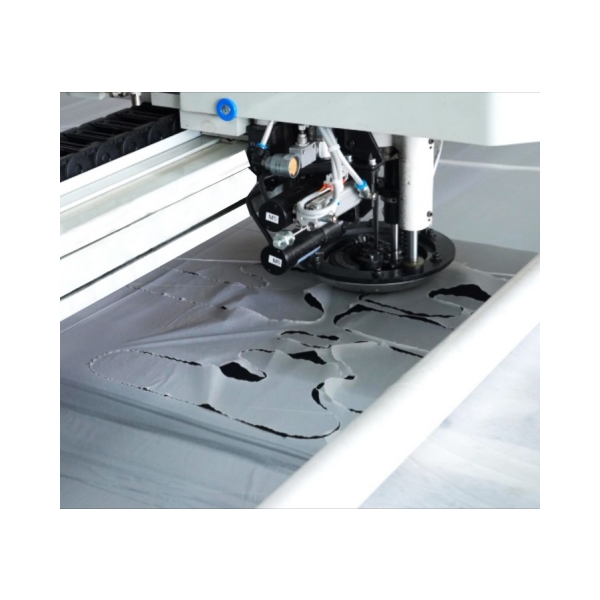
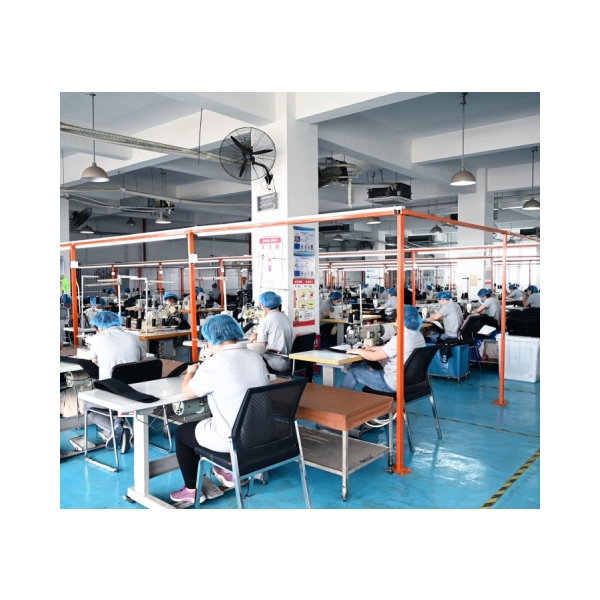
Q: Why is wearing a kids helmet important for teenagers during sports activities?
Wearing a kids helmet provides crucial protection for the head, reducing the risk of severe head injuries such as concussions or skull fractures in the event of a fall or collision.
Q: Can a regular helmet be used instead of a kids helmet for sports activities?
It is highly recommended to use a kids helmet specifically designed for sports activities. Regular helmets may not offer the same level of protection or the appropriate fit required for active sports.
Q: How frequently should kids helmets and pads be replaced?
Helmets and pads should be replaced if they have been involved in a significant impact or show signs of damage or wear. It is also advisable to replace them every few years to ensure optimal performance and safety.
Q: Are AOFIT brand's kids helmets and pads suitable for different sizes and ages?
Yes, AOFIT offers kids helmets and pads in various sizes to accommodate different head sizes and body types. It is important to choose the right size for a proper and secure fit.
Q: Can kids helmets and pads be cleaned?
Yes, most kids helmets and pads can be cleaned. Follow the manufacturer's instructions for proper cleaning and maintenance. In general, removable padding and linings can be hand-washed or cleaned with a mild detergent.
Q: How should kids helmets and pads be stored when not in use?
To maintain the integrity and longevity of helmets and pads, store them in a cool, dry place away from direct sunlight or extreme temperatures. Avoid placing heavy objects on top of them to prevent deformation.
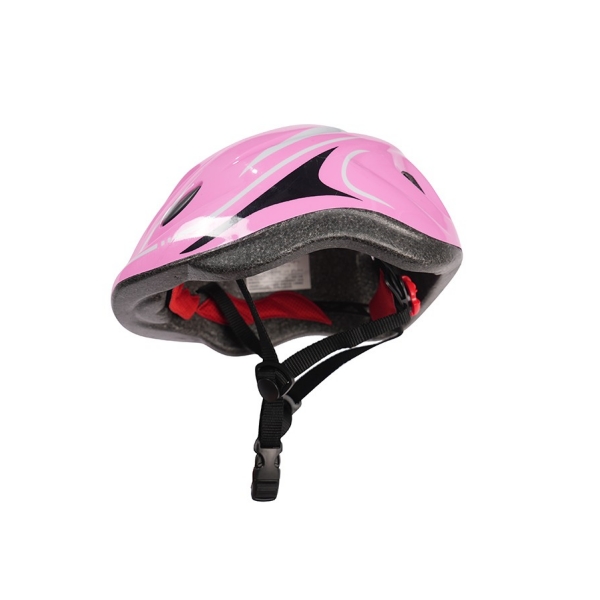
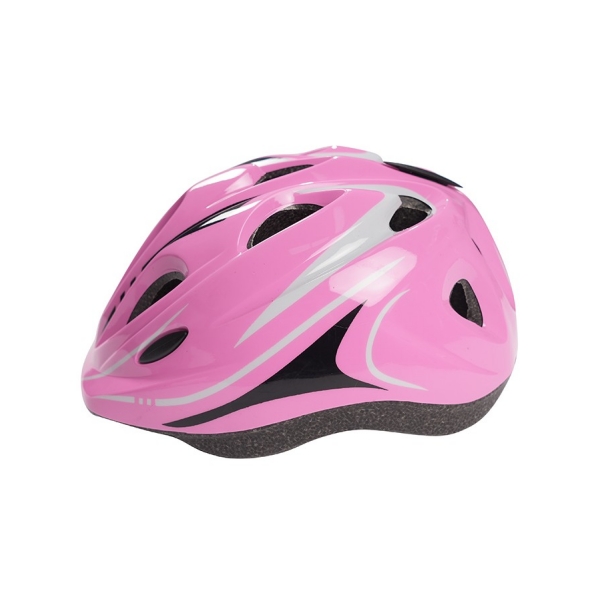
In conclusion, prioritizing teen sports safety is crucial for the overall well-being of young athletes. By following the guidelines outlined in this comprehensive guide, athletes, coaches, and parents can work together to prevent injuries and create a safe environment for sports participation. Remember, proper warm-up routines, correct technique, appropriate equipment usage, conditioning, and emergency preparedness are key factors in ensuring a positive and injury-free sports experience for teens.